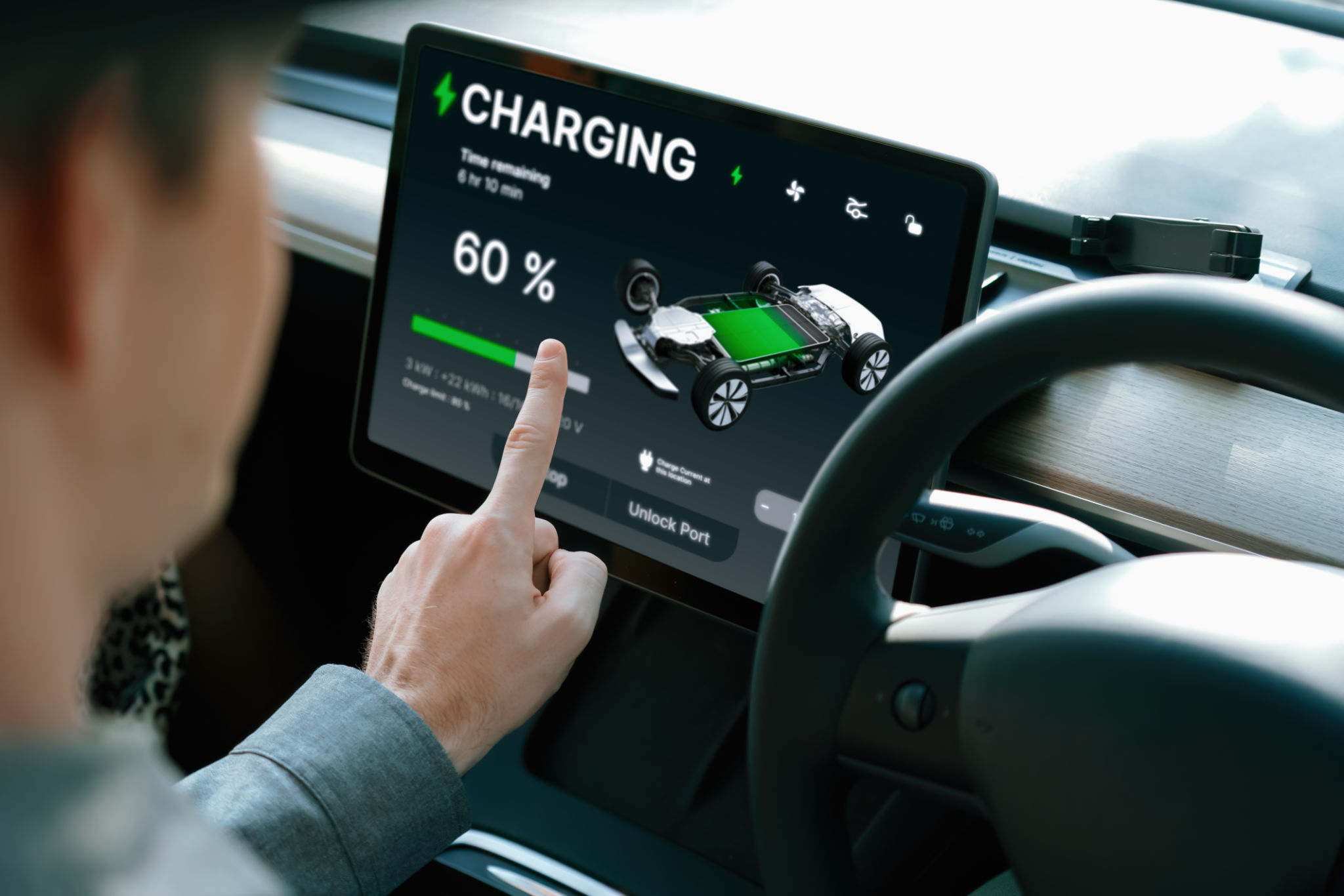Case Study: Successfully Integrating e-Axle Optimization in Electric Vehicle Design
Introduction to e-Axle Optimization
In the fast-evolving world of electric vehicles (EVs), manufacturers are constantly seeking ways to enhance performance, efficiency, and sustainability. One significant advancement in this domain is the integration of e-axle optimization. By streamlining the drivetrain system, e-axles combine the motor, power electronics, and transmission into a single unit, significantly enhancing the efficiency of electric vehicles.
This case study explores a successful integration of e-axle optimization in EV design, highlighting the process, challenges, and outcomes. The insights gained from this case offer valuable lessons for automotive manufacturers aiming to innovate in the electric vehicle industry.

The Integration Process
The integration of e-axle technology involves several crucial steps. Initially, the design team must align their goals with the overall objectives of the EV project. This includes setting targets for performance, efficiency, and cost-effectiveness. A comprehensive analysis of existing vehicle systems enables engineers to identify areas for improvement.
Once objectives are defined, the next step involves selecting suitable components that allow for seamless integration. The motor, inverter, and transmission must be chosen carefully to ensure compatibility and optimal performance. Advanced simulation tools play a key role in predicting how these components will function together under various conditions.

Overcoming Challenges
The journey to successfully integrate e-axle systems is not without its challenges. One major hurdle is the need to balance power output with energy efficiency. Engineers must ensure that the e-axle provides sufficient power for acceleration and top speed while maintaining battery life. This requires a deep understanding of both mechanical and electrical engineering principles.
Thermal management is another critical issue. The compact nature of e-axles means that heat dissipation can become a problem. Advanced cooling systems and materials are often employed to prevent overheating and ensure reliability over time.
Benefits Realized
The successful integration of e-axle optimization leads to numerous benefits for electric vehicles. Firstly, vehicles experience improved energy efficiency, which translates into longer driving ranges on a single charge. This is a crucial selling point for consumers who prioritize range in their purchasing decisions.

Moreover, e-axles contribute to a reduction in vehicle weight by replacing multiple components with a single integrated unit. This reduction not only enhances efficiency but also improves handling and performance. Additionally, the compact design allows for more flexibility in vehicle architecture, opening up new possibilities in terms of interior space and aesthetics.
Case Study Outcome
The case study in question demonstrated remarkable outcomes following the implementation of e-axle optimization. The EV model in focus saw a 15% increase in overall energy efficiency and a 10% improvement in driving range. Customer feedback highlighted enhanced driving experience due to smoother acceleration and quieter operation.
These results underscore the potential of e-axle technology to revolutionize electric vehicle design. By focusing on optimization from the ground up, manufacturers can deliver vehicles that not only meet but exceed consumer expectations.

Conclusion
The integration of e-axle optimization in electric vehicle design is a testament to the innovative spirit within the automotive industry. As manufacturers continue to push the boundaries of what is possible with EVs, technologies like e-axles will play an increasingly pivotal role in shaping the future of transportation.
For automakers looking to stay competitive, embracing such advancements is not just advantageous—it is essential. As this case study illustrates, the rewards of successful integration can be substantial, impacting both the bottom line and consumer satisfaction.
